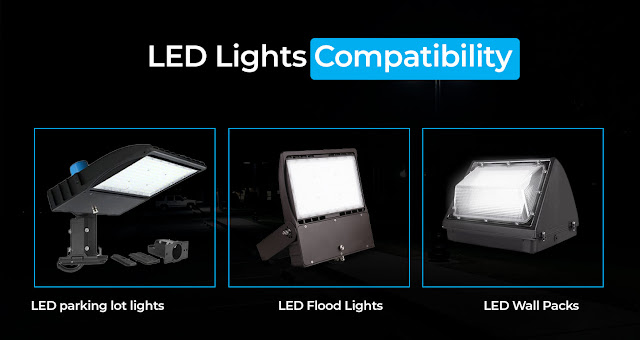The terms photocell and motion sensors are commonly used to describe two different functions of a lighting fixture. Yes, they both are different from each other and have a completely distinct function. Primarily, photocells and motion sensors are electronic devices. They are known for their use to control indoor and outdoor lighting. These are some advanced features of lighting providing an automatic performance after getting installed in your place. In addition, you can get advantages of these devices in your security lights where automatic turning on and off features can prevent any intruder from completing the intrusion. Well, the blog is all about differentiating photocells and motion sensors in detail.
How do Photocells work?
The photocell can be the most helpful feature in any lighting fixture to eliminate the task of manually turning on the lights when it detects dark outside. With the help of this feature, you can keep the lights off until they are needed, saving a significant amount of electricity. The photocell comes with the underlying technology and a semiconductor to control the flow of electricity. You can also find an adjustable photocell in several lights in which you have the authority to fix a light level when you want to activate the semiconductor.
Dusk to Dawn Feature
Most probably, you heard the feature of dusk to dawn in some lights, which also refers to the functionality of a photocell device. Basically, the photocell is used in lights to keep them off until sunset when you do not need any extra light as the sun is playing the role exceptionally well. The process of automatic turning on and off depends on the sensor of the photocell that detects the light level to command the lights.
How do Motion Sensors work?
If you want to know the functional properties of motion sensors, they do not turn on the lights after detecting the light level outside but react to physical movement. Well, you will get two different motion detectors to choose from, in which active and passive motion sensors are included. The active motion sensors emit light, radio, or ultrasonic sound to a specific area and activate the sensors when any movement is detected. On the other hand, passive motion sensors detect the infrared energy emitted from objects, most probably animals and people, to allow the lights to flare the brightness.
Functions of the detector
It is simple to understand that the detector of motion sensors covers a wide area to detect any movement of an intruder on your premises. These sensors are commonly used in outdoor lights, where they can effectively detect all the actions to trigger the sensor for bright light. With the help of these sensors, you can keep your lighting fixtures off when no one is around and get instant and sufficient illumination throughout the place when you just about to enter.
LED Lights Compatibility
Conclusion
Complete detail regarding the difference between photocell and motion sensors is perfect for guiding you on how they both can work in the lighting industry. Probably, you do not need both features in your outdoor lights, so you must consider your lighting needs before purchasing any lighting fixture for your premises. Well, photocells and motion sensors are electronic devices that improve the security of any place where they are available in the lights. Not only from a security perspective, but they also help in saving energy by keeping the lights off when not needed.


Comments
Post a Comment